
漢德百科全書 | 汉德百科全书
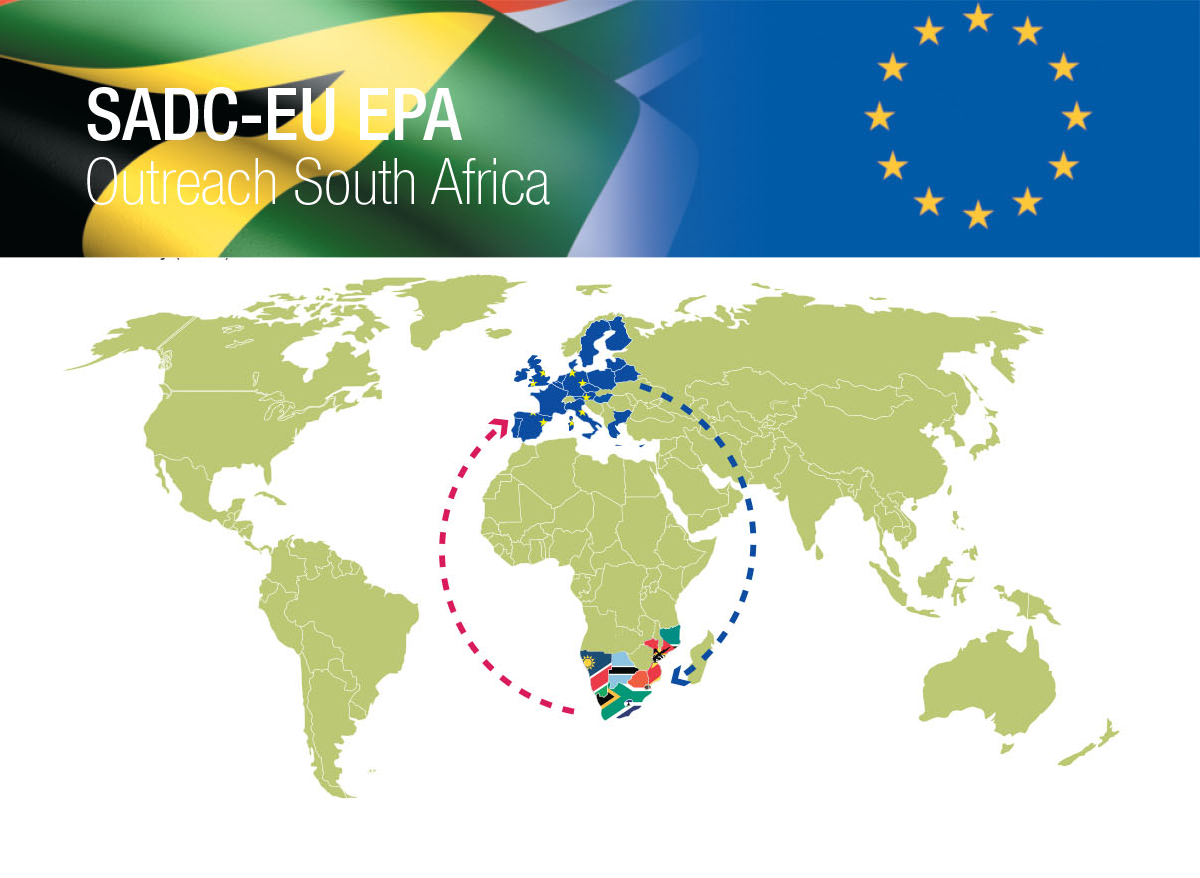
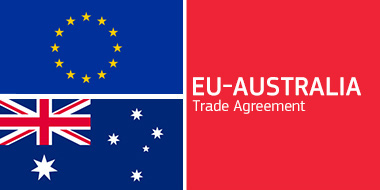
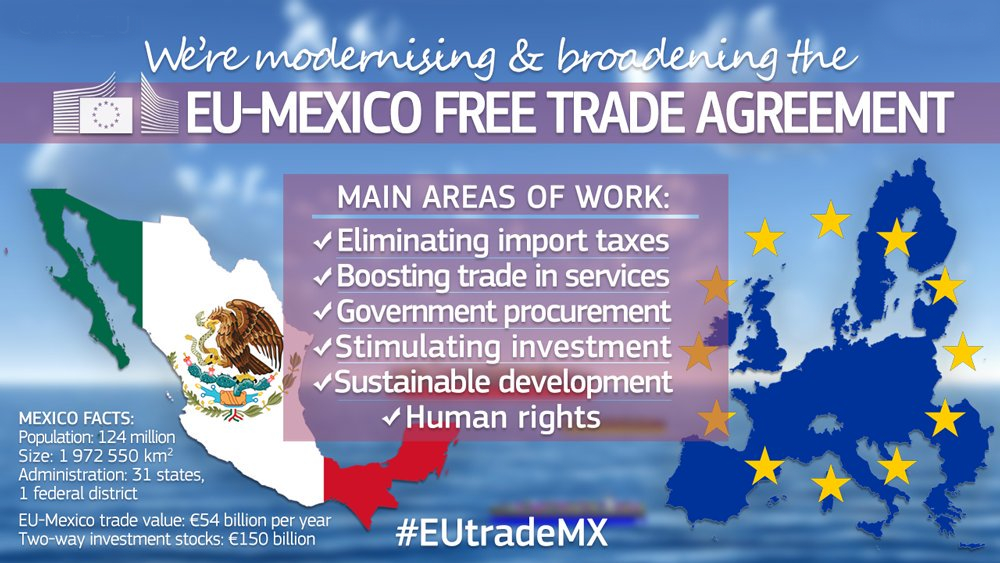
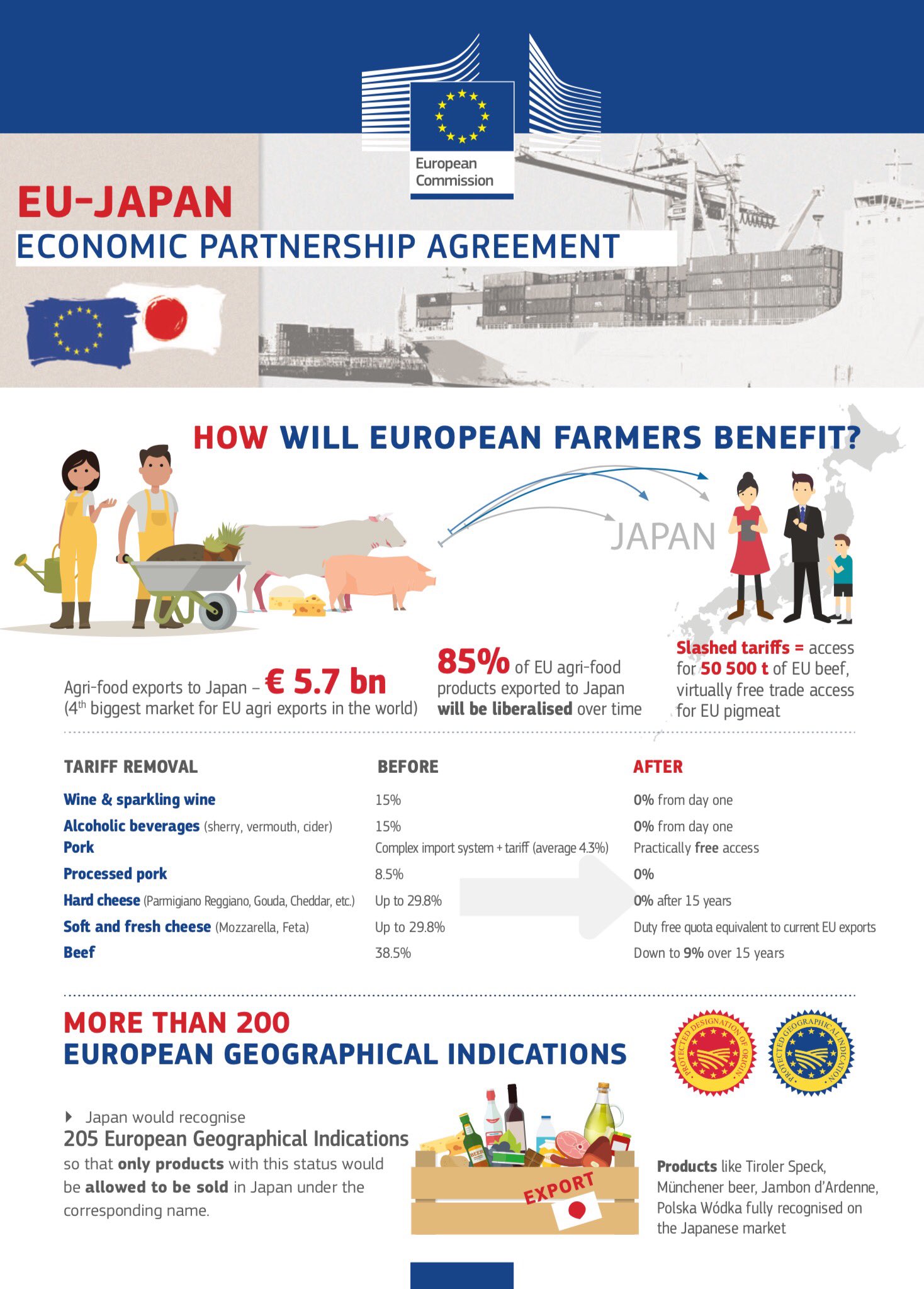
 Australia
Australia
 Brunei Darussalam
Brunei Darussalam
 China
China

 Hand in Hand
Hand in Hand
 Indonesia
Indonesia
 Japan
Japan
 Cambodia
Cambodia
 Laos
Laos
 Malaysia
Malaysia
 Myanmar
Myanmar
 New Zealand
New Zealand
 Philippines
Philippines
 Republic of Korea
Republic of Korea
 Singapore
Singapore
 Thailand
Thailand
 Vietnam
Vietnam
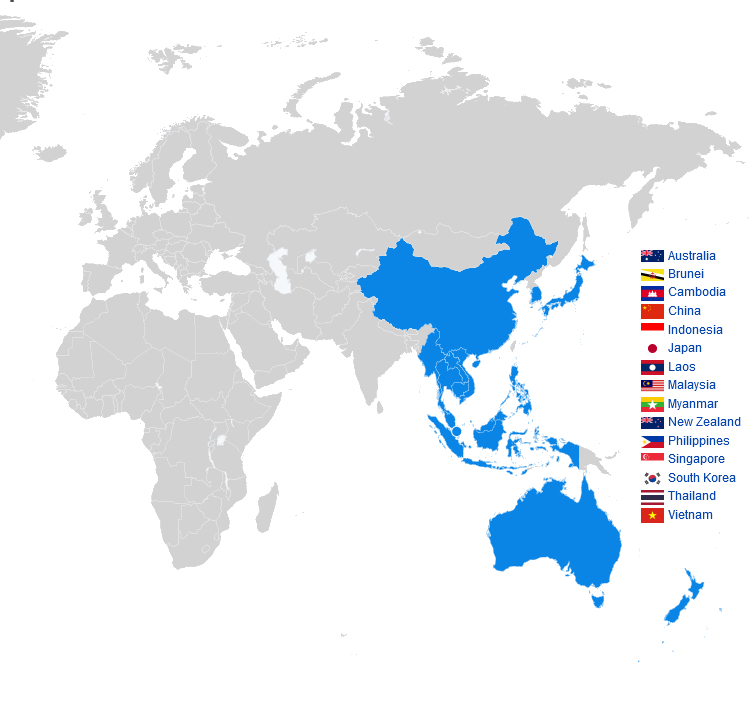
Die Regional Comprehensive Economic Partnership (kurz RCEP, deutsch Regionale, umfassende Wirtschaftspartnerschaft) ist ein seit 2020 bestehendes Freihandelsabkommen zwischen den zehn ASEAN-Mitgliedsstaaten und fünf weiteren Staaten in der Region Asien-Pazifik. Es ist die größte Freihandelszone der Welt.[1]
Das Projekt zur Gründung der RCEP entstand 2012, als die ASEAN-Staaten Verhandlungen mit der Volksrepublik China, Japan und Südkorea (ASEAN+3) sowie mit Indien, Australien und Neuseeland (ASEAN+6) aufgenommen hatten. Ursprünglich war die Einführung der Freihandelszone für 2017 geplant gewesen. Aufgrund von Bedenken verließ Indien 2019 die Verhandlungen. Am 15. November 2020, zum Abschluss des 37. ASEAN-Gipfeltreffens in der vietnamesischen Hauptstadt Hanoi, fand schließlich die Vertragsunterzeichnung statt.[2][3]
区域全面经济伙伴关系协定(英语:Regional Comprehensive Economic Partnership,缩写为RCEP)是由东南亚国家联盟十国发起,由中国、日本、韩国、澳大利亚、新西兰等与东盟有自由贸易协议的五国共同参加,共计15个国家所构成的高级自由贸易协定。此协议也向其他外部经济体开放,比如中亚国家、南亚及大洋洲其他国家[2]。RCEP旨在通过削减关税及非关税壁垒,建立统一市场的自由贸易协定。经批准生效后,“各成员之间关税减让以立即降至零关税、10年内降至零关税的承诺为主”[3]。
東アジア地域包括的経済連携(ひがしアジアちいきほうかつてきけいざいれんけい、英語: Regional Comprehensive Economic Partnership; RCEP、アールセップ、域内包括的経済連携)とは、ASEAN加盟10カ国(ブルネイ、カンボジア、インドネシア、ラオス、マレーシア、ミャンマー、フィリピン、シンガポール、タイ、ベトナム)と、そのFTAパートナー5カ国(オーストラリア、中国、日本、ニュージーランド、韓国)の間で提案されている、アジア太平洋地域の自由貿易協定であり、世界の人口の3割、世界のGDPの3割を占める15カ国が交渉に参加している。交渉国15カ国は世界の人口の30%、GDPの30%弱を占めている[1]。
FTAパートナーであるインドは、交渉が開始された2011年からRCEP交渉に参加していたが、主に中国からの製造品やオーストラリアやニュージーランドからの農産物・乳製品のダンピング懸念を理由に、交渉の最終時点の2019年11月に交渉から離脱した[2]。2020年11月15日に第4回RCEP首脳会議の席上で協定は署名された[3]。
The Regional Comprehensive Economic Partnership (RCEP; /ˈɑːrsɛp/ AR-sep) is a free trade agreement between the Asia-Pacific nations of Australia, Brunei, Cambodia, China, Indonesia, Japan, Laos, Malaysia, Myanmar, New Zealand, the Philippines, Singapore, South Korea, Thailand, and Vietnam. The 15 member countries account for about 30% of the world's population (2.2 billion people) and 30% of global GDP ($26.2 trillion) as of 2020, making it the biggest trade bloc in history.[1] It was signed on 15 November 2020 at a virtual ASEAN Summit hosted by Vietnam, and will take effect within two years, after it has been ratified by the member countries.[2][3][4]
The trade pact, which includes a mix of high-income,[note 1] middle-income,[note 2] and low-income countries,[note 3] was conceived at the 2011 ASEAN Summit in Bali, Indonesia, while its negotiations were formally launched during the 2012 ASEAN Summit in Cambodia.[5][6][7] It was expected to eliminate about 90% of the tariffs on imports between its signatories within 20 years of coming into force, and establish common rules for e-commerce, trade, and intellectual property.[8]
The RCEP is the first free trade agreement between China, Japan, and South Korea, three of the four largest economies in Asia.[8] At the time it was signed, analysts predicted that it would help stimulate the economy amid the COVID-19 pandemic, as well as "pull the economic centre of gravity back towards Asia," and amplify the decline of the United States in economic and political affairs.[6][9][10]
Le partenariat régional économique global1, ou en anglais : Regional Comprehensive Economic Partnership (RCEP), est un projet d'accord de libre-échange entre quinze pays autour de l'océan Pacifique. C'est l'accord commercial le plus important du monde2.
Il inclut les dix pays membres de l'ASEAN, à savoir : la Birmanie, Brunei, le Cambodge, l'Indonésie, le Laos, la Malaisie, les Philippines, Singapour, la Thaïlande et le Vietnam ; ainsi que cinq autres pays qui possèdent déjà un accord de libre-échange bilatéral avec l'ASEAN, à savoir : l'Australie, la Chine, le Japon, la Corée du Sud et la Nouvelle-Zélande.
Il Partenariato Economico Globale Regionale (in lingua inglese Regional Comprehensive Economic Partnership, RCEP) è un accordo di libero scambio nella regione dell'Asia Pacifica tra i dieci stati dell'ASEAN (cioè Brunei, Cambogia, Indonesia, Laos, Malaysia, Myanmar, Filippine, Singapore, Thailandia e Vietnam) e cinque dei loro partner di libero scambio: Australia, Cina, Giappone, Nuova Zelanda e Corea del Sud. I 15 paesi membri rappresentano circa il 30% della popolazione mondiale e del PIL, rendendolo il più grande blocco commerciale.[1] È stato firmato al vertice dell'ASEAN virtuale ospitato in Vietnam il 15 novembre 2020,[2][3] e dovrebbe entrare in vigore entro due anni, dopo che sarà stato ratificato dai paesi membri.[4]
Il patto commerciale, che comprende un mix di alto reddito, reddito medio, e paesi a basso reddito, è stato concepito al vertice dell'ASEAN del 2011 a Bali,[5] mentre i negoziati sono stati avviati ufficialmente nel corso del vertice dell'ASEAN del 2012 in Cambogia.[6]
L'RCEP è il primo accordo di libero scambio tra Cina, Giappone e Corea del Sud (tre delle quattro maggiori economie asiatiche) ed è il primo accordo multilaterale di libero scambio a includere la Cina.[7] Al momento della firma, gli analisti prevedevano che avrebbe aiutato a stimolare l'economia durante la pandemia di COVID-19, e "avrebbe attirato il centro di gravità economico verso l'Asia".
La Asociación Económica Integral Regional (abreviado RCEP por sus siglas en inglés) es un acuerdo de libre comercio (TLC) entre los diez estados miembros de la Asociación de Naciones del Sudeste Asiático (ASEAN) (Brunéi, Camboya, Indonesia, Laos, Malasia, Myanmar, Filipinas, Singapur, Tailandia , Vietnam) y cinco estados de Asia-Pacífico con los que la ASEAN tiene acuerdos de libre comercio existentes (Australia, China, Japón, Corea del Sur y Nueva Zelanda). El tratado fue firmado en la Cumbre de la ASEAN del 15 de noviembre de 202012 y se espera que entre en vigor en un plazo inferior a dos años, después de que sea ratificado por todos los estados miembros.
Incluye estados con PIBs muy diversos,3 conformando entre los 15 países en torno al 30% de la población mundial y el 30% del Producto Mundial Bruto.
Las negociaciones se iniciaron formalmente en noviembre de 2012 en la Cumbre de la ASEAN en Camboya.4 El RCEP se considera una alternativa al Acuerdo de Asociación Transpacífico (TPP, por sus siglas en inglés), un acuerdo comercial propuesto que incluye varias naciones de Asia y América, pero excluye a China y la India.5 Tras la salida de Estados Unidos durante la presidencia de Donald Trump del TPP se retomaron con más fuerza las negociaciones en el RCEP y se firmó el acuerdo en noviembre de 2020 por las naciones de la ASEAN, incluida China.6 El pacto entrará en vigor cuando los países que lo han firmado procedan a tramitar su ratificación a nivel nacional.7
El tratado RCEP es el primer tratado de libre comercio entre China, Japón y Corea del sur (tres de las cuatro grandes economías asiáticas), y es el primer tratado multilateral que incluye a China.8 En el momento de la firma, los analistas predijeron que ayudaría en la recuperación de la economía tras la pandemia de COVID-19, así como a empujar el centro de gravedad de la economía mundial hacia Asia.9
Всесторо́ннее региона́льное экономи́ческое партне́рство, сокращенно ВРЭП (англ. Regional Comprehensive Economic Partnership, RCEP) — это соглашение о «зоне свободной торговли плюс» («ЗСТ +»), охватывающее 10 государств-членов Ассоциации государств Юго-Восточной Азии (АСЕАН) (Бруней, Вьетнам, Индонезия, Камбоджа, Лаос, Малайзия, Мьянма, Сингапур, Таиланд, Филиппины) и 6 государств, с которыми у АСЕАН уже подписаны соглашения о свободной торговле (Австралия, Индия, КНР, Новая Зеландия, Республика Корея и Япония). ВРЭП охватывает 4 развитые и 12 развивающихся государств. Начало переговоров было положено 20 ноября 2012 г. на саммите АСЕАН в Камбодже[1].
Соглашение о создании ВРЭП было подписано в Ханое 15 ноября 2020 года. Его вступление в силу создаст крупнейшую в мире зону свободной торговли с примерно 2,2 млрд потребителями и объемом ВВП в $28 трлн, что составляет более 32% от общего мирового объема ВВП.[2].
 Asia-Pacific Economic Cooperation,APEC
Asia-Pacific Economic Cooperation,APEC

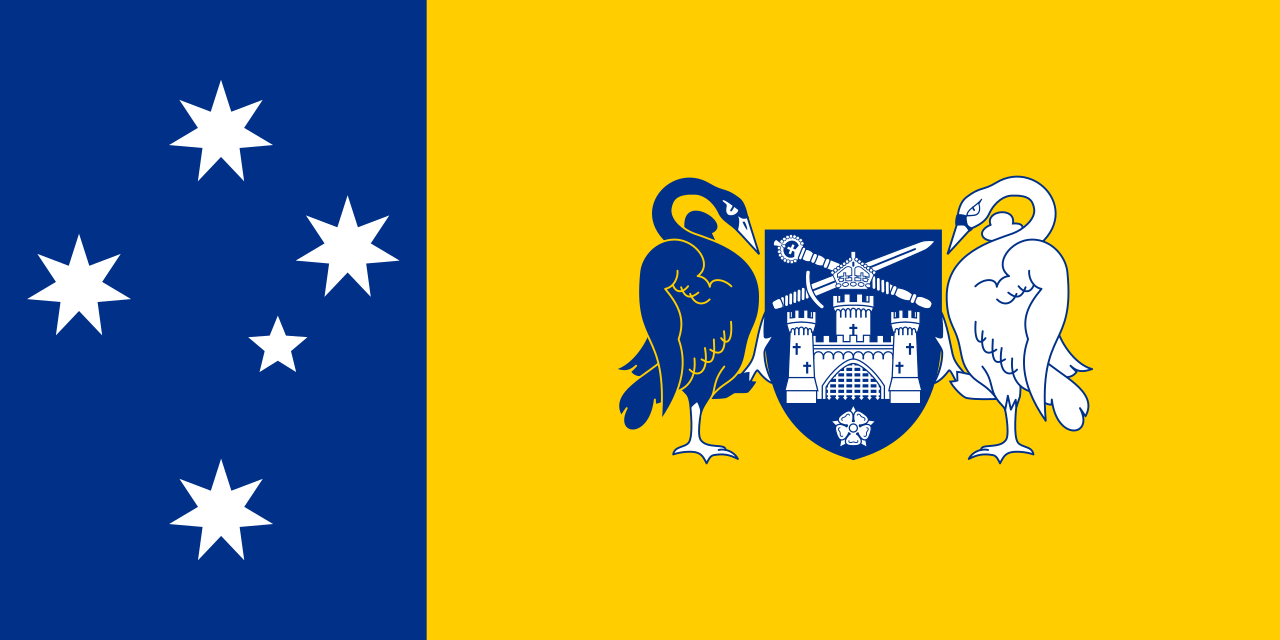 Australian Capital Territory-ACT
Australian Capital Territory-ACT
 Australia
Australia
 Beijing Shi-BJ
Beijing Shi-BJ

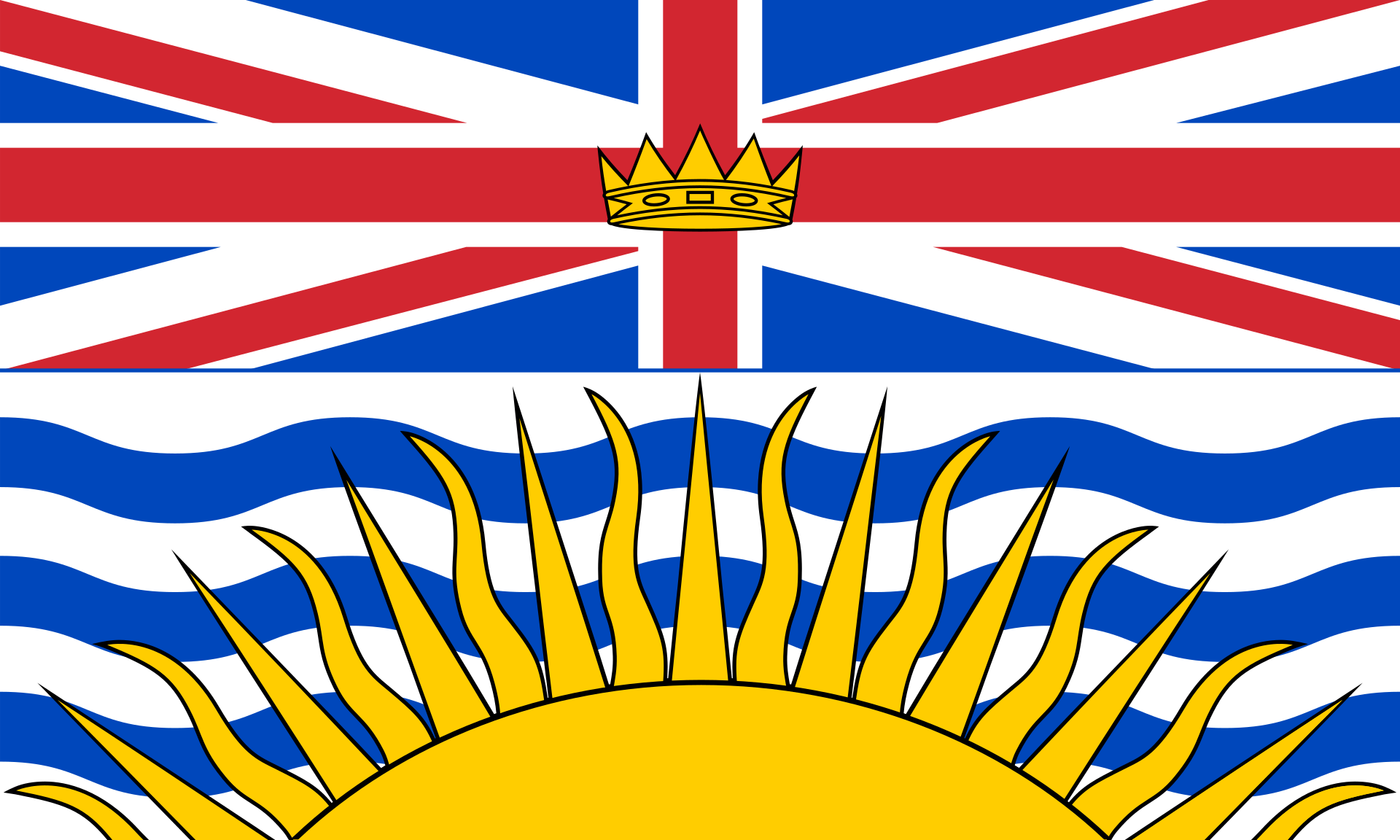 British Columbia-BC
British Columbia-BC
 Brunei Darussalam
Brunei Darussalam
 Chile
Chile
 China
China

 Hand in Hand
Hand in Hand

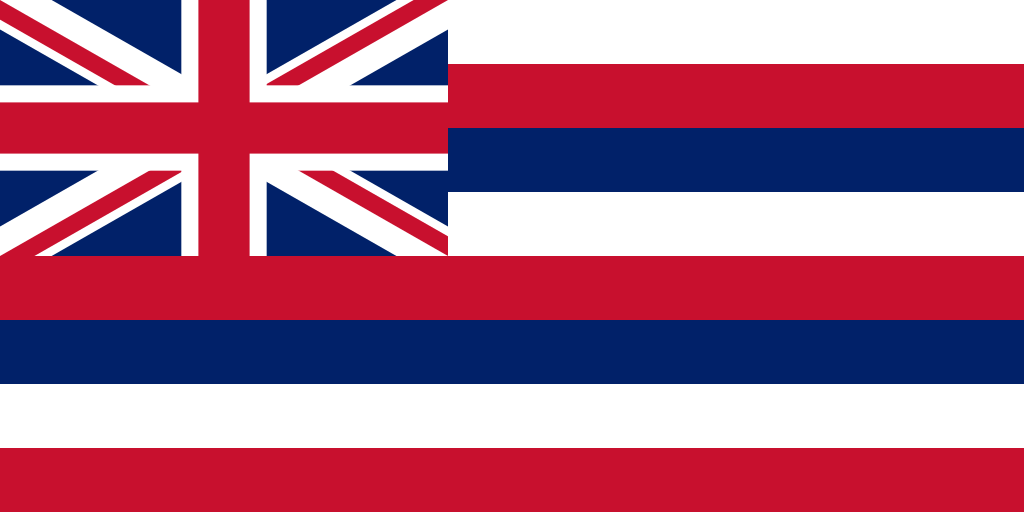 Hawaii-HI
Hawaii-HI
 Hongkong Tebiexingzhengqu-HK
Hongkong Tebiexingzhengqu-HK
 Indonesia
Indonesia
 Japan
Japan
 Canada
Canada
 Kantō
Kantō
 Kinki
Kinki
 Malaysia
Malaysia
 Mexico
Mexico
 New Zealand
New Zealand

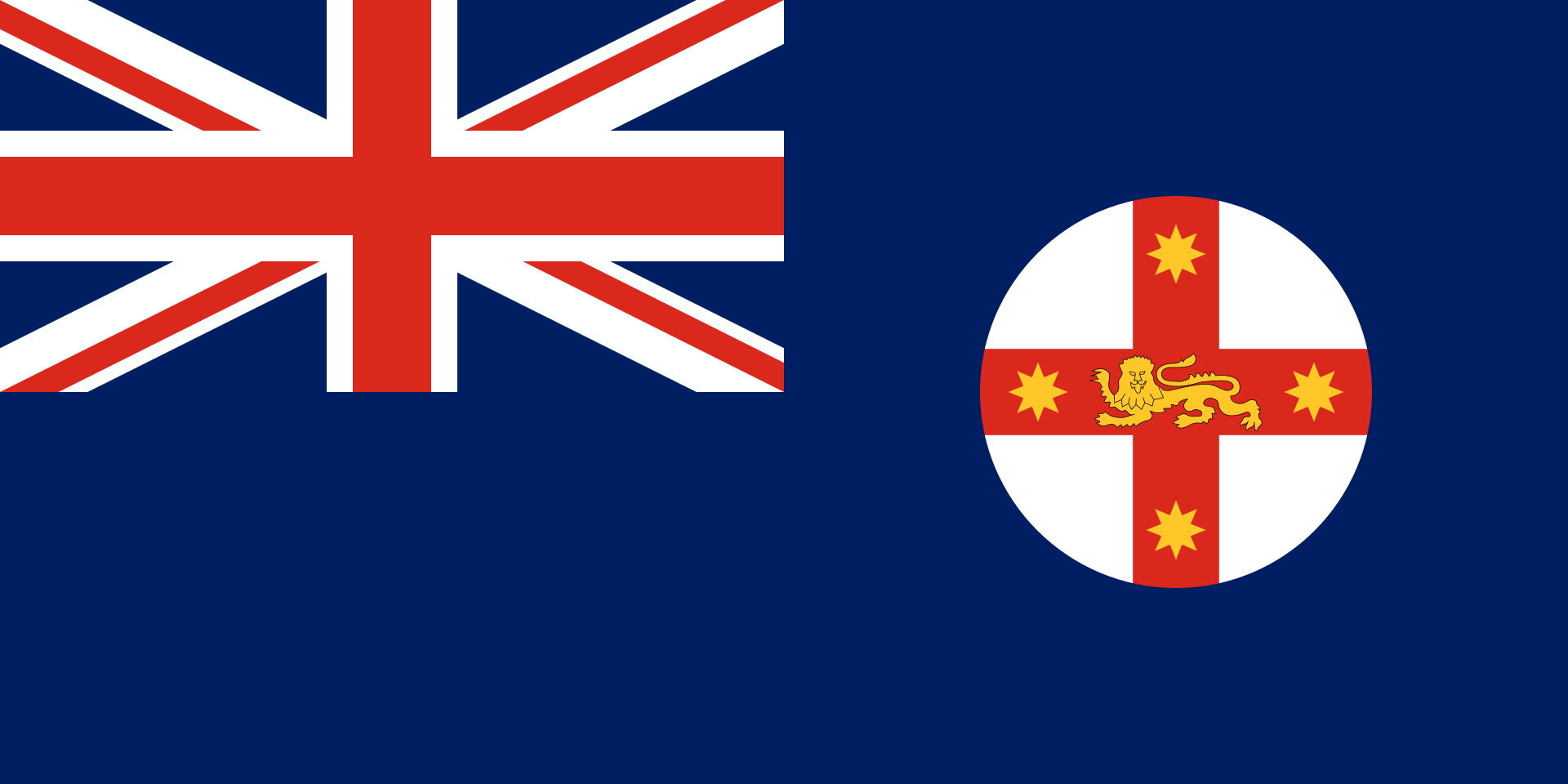 New South Wales-NSW
New South Wales-NSW
 Papua-Neuguinea
Papua-Neuguinea

 Party and government
Party and government

 Party and government
Party and government
 Asia-Pacific Economic Cooperation,APEC
Asia-Pacific Economic Cooperation,APEC
 Peru
Peru
 Philippines
Philippines
 Republic of Korea
Republic of Korea
 Russia
Russia
 Shanghai Shi-SH
Shanghai Shi-SH
 Singapore
Singapore
 Taiwan Sheng-TW
Taiwan Sheng-TW
 Thailand
Thailand
 United States
United States
 Vietnam
Vietnam

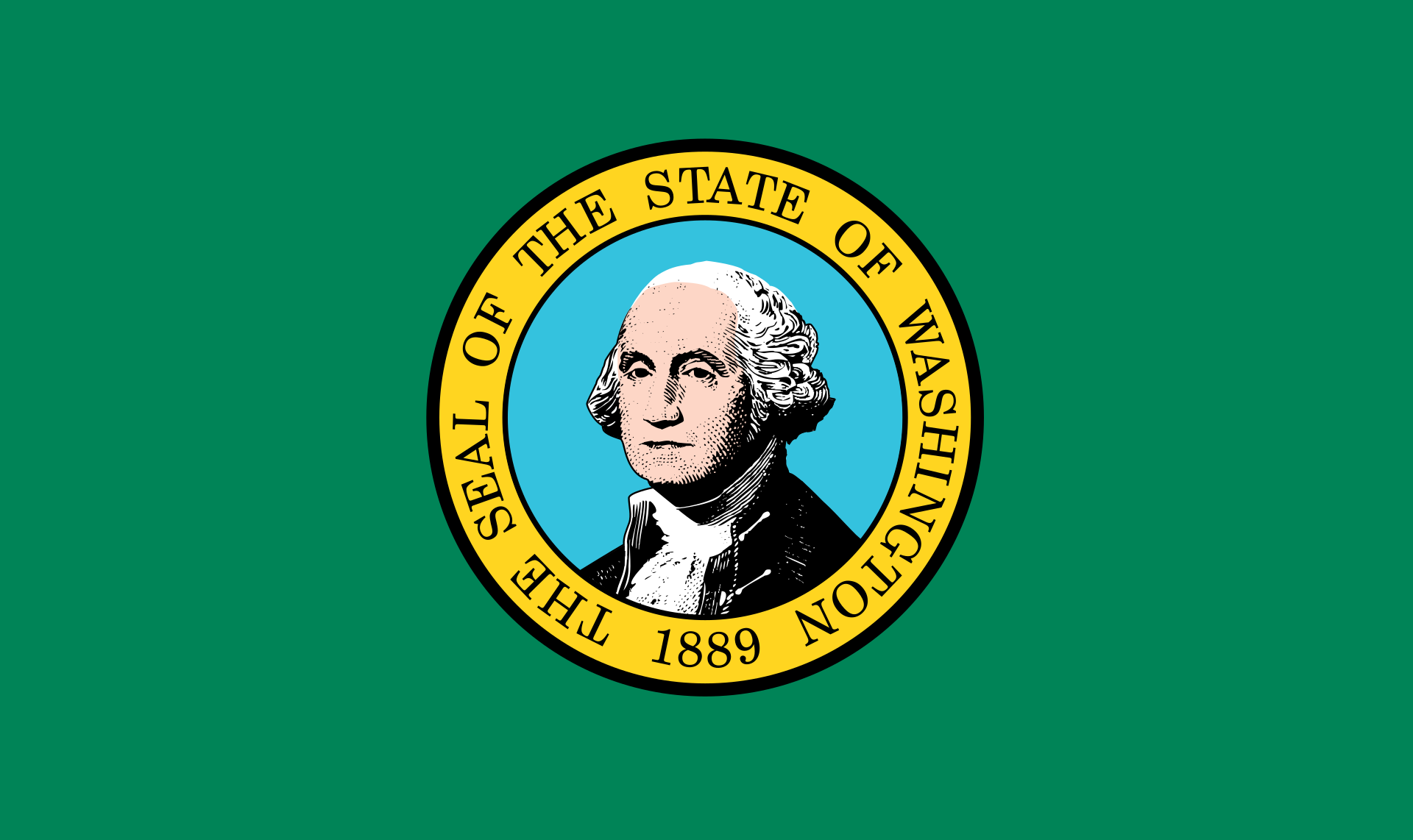 Washington-WA
Washington-WA

 Important International Organizations
Important International Organizations

Die Asiatisch-Pazifische Wirtschaftsgemeinschaft (für englisch Asia-Pacific Economic Cooperation, kurz APEC, auch übersetzt als Asiatisch-Pazifische Wirtschaftskooperation oder Asien-Pazifik-Forum) ist eine internationale Organisation, die es sich zum Ziel gesetzt hat, im pazifischen Raum eine Freihandelszone einzurichten.
In den 21 APEC-Staaten lebt knapp die Hälfte der Weltbevölkerung. Der Wirtschaftsraum erbringt mehr als die Hälfte der Weltwirtschaftsleistung und ist eine der am schnellsten wachsenden Wirtschaftsregionen der Welt.
亚太经济合作组织(简称亚太经合组织;英语:Asia-Pacific Economic Cooperation,缩写:APEC),是亚太区内各地区之间促进经济成长、合作、贸易、投资的论坛。此组织的创办在历史上取代了该区域的冷战结构,但由于日本在该区域会因过去历史记忆引发负面评价,所以由澳大利亚主导创始事项[1]。
始设于1989年,现有21个经济体成员。亚太经合组织是经济合作的论坛平台,其运作是通过非约束性的承诺与成员的自愿,强调开放对话及平等尊重各成员意见,不同于其他经由条约确立的政府间组织。“APEC”与“Asia-Pacific Economic Cooperation”均是亚太经济合作组织的注册商标。[2]
アジア太平洋経済協力会議(アジアたいへいようけいざいきょうりょくかいぎ、英: Asia-Pacific Economic Cooperation)は、環太平洋地域における多国間経済協力を進めるための非公式なフォーラム[2]である。略称、APEC(エイペック[3][4])。
「アジア太平洋」という概念が最初に打ち出されたのは、永野重雄が1967年に発足させた太平洋経済委員会(PBEC)という経済団体の設立時であるとされるが[5][6][7]、具体的にこうした地域概念が政府レベルの協力枠組みに発展する萌芽は、1978年、日本の大平正芳首相が就任演説で「環太平洋連帯構想」を呼びかけたことにある。これを具体化した大平政権の政策研究会「環太平洋連帯研究グループ」(議長:大来佐武郎、幹事佐藤誠三郎)の報告を受け、大平がオーストラリアのマルコム・フレイザー首相に提案して強い賛同を得たことが、1980年9月の太平洋経済協力会議(PECC)の設立につながった。PECCは地域における様々な課題を議論し研究するセミナーといった趣のものであったが、これを土台にして、各国政府が正式に参加する会合として設立されたのが、APECである[8][9]。
APECは、1989年にオーストラリアのホーク首相の提唱で、日本・アメリカ合衆国・カナダ・韓国・オーストラリア・ニュージーランド及び当時の東南アジア諸国連合(ASEAN)加盟6か国の計12か国で発足し、同国のキャンベラで閣僚会議(Ministerial Meeting)を開催した。また、1993年には米国のシアトルで初の首脳会議(Economic Leaders' Meeting)がもたれた。現在は、首脳会議、及び、外相、経済担当相による閣僚会議をそれぞれ年1回開いている。シンガポールに常設事務局を置き、開催国から任期1年で事務局長が選任されている[10]。 参加しているメンバーは、21カ国・地域で、2012年現在、人口では世界の41.4%、GDP(国内総生産)では57.8%、貿易額では47%を占めている。
APECは、開かれた地域協力によって経済のブロック化を抑え、域内の貿易・投資の自由化を通じて、世界貿易機関(WTO)のもとでの多角的自由貿易体制を維持・発展することを目的としてきたが、近年のWTOの新ラウンドの停滞や自由貿易協定締結の動きの活発化などによって、その存在意義が問われている。
Asia-Pacific Economic Cooperation (APEC) is an inter-governmental forum for 21 Pacific Rim member economies[2] that promotes free trade throughout the Asia-Pacific region. Inspired from the success of Association of Southeast Asian Nations (ASEAN)’s series of post-ministerial conferences launched in the mid-1980s, the APEC was established in 1989 in response to the growing interdependence of Asia-Pacific economies and the advent of regional trade blocs in other parts of the world; and to establish new markets for agricultural products and raw materials beyond Europe.[3][4][5] Headquartered in Singapore, the APEC is recognised as one of the oldest forums and highest-level multilateral blocs in the Asia-Pacific region, and exerts a significant global influence.[6][7][8][9][10][11]
An annual APEC Economic Leaders' Meeting is attended by the heads of government of all APEC members except Republic of China (Taiwan) (which is represented by a ministerial-level official under the name Republic of China as economic leader).[12] The location of the meeting rotates annually among the member economies, and a famous tradition, followed for most (but not all) summits, involves the attending leaders dressing in a national costume of the host country. APEC has three official observers: the Association of Southeast Asian Nations Secretariat, the Pacific Economic Cooperation Council and the Pacific Islands Forum Secretariat.[13] APEC's Host Economy of the Year is considered to be invited in the first place for geographical representation to attend G20 meetings following G20 guidelines.[14][15][16][17]
La Coopération économique pour l'Asie-Pacifique (en anglais : Asia-Pacific Economic Cooperation, APEC) est un forum économique intergouvernemental visant à faciliter la croissance économique, la coopération, les échanges et l'investissement de la région Asie Pacifique. Elle se réunit chaque année1.
L'Asia-Pacific Economic Cooperation (APEC), ossia Cooperazione Economica Asiatico-Pacifica, è un organismo nato nel 1989 allo scopo di favorire la cooperazione (o, più in generale, la crescita) economica, il libero scambio e gli investimenti nell'area asiatico-pacifica. Tale area (come suggerisce il logo stesso dell'APEC) coincide non solo con l'Asia Pacifica, ma potenzialmente con l'intero Pacific Rim.
L'APEC ha sede a Singapore, Paese considerato una delle tigri dell'Asia.
Dal punto di vista del diritto internazionale l'APEC si definisce organismo e non organizzazione internazionale perché, essendo composto da economie e non da Stati, è privo di una piena personalità giuridica. Ciò spiega, fra l'altro, come mai possano farne parte contemporaneamente la Cina continentale, Hong Kong e Taiwan, ossia tre realtà che, territorialmente (secondo Pechino e secondo tutti i governi che intrattengono relazioni diplomatiche con Pechino), appartengono a un unico Stato: la Repubblica Popolare di Cina.
APEC (Asia-Pacific Economic Cooperation, en español Foro de Cooperación Económica Asia-Pacífico) es un foro multilateral creado en 1989, con el fin de consolidar el crecimiento y la prosperidad de los países del Pacífico, que trata temas relacionados con el intercambio comercial, coordinación económica y cooperación entre sus integrantes.1
Como mecanismo de cooperación y concertación económica, está orientado a la promoción y facilitación del comercio, las inversiones, la cooperación económica y técnica y al desarrollo económico regional de los países y territorios de la cuenca del océano Pacífico. Fomentando un crecimiento económico inclusivo, equitativo, sustentable e innovador.2
La suma del Producto Nacional Bruto de las veintiuna economías que conforman el APEC equivale al 56 % de la producción mundial, en tanto que en su conjunto representan el 46 % del comercio global.
La APEC no tiene un tratado formal. Sus decisiones se toman por consenso y funciona con base en declaraciones no vinculantes. Tiene una Secretaría General, con sede en Singapur, que es la encargada de coordinar el apoyo técnico y de consultoría. Cada año uno de los países miembros es huésped de la reunión anual de la APEC. La vigésimo novena cumbre se realizó en noviembre de 2017 en Da Nang, Vietnam; y la próxima será en Santiago, Chile.
Азиатско-Тихоокеанское экономическое сотрудничество (АТЭС) (англ. Asia-Pacific Economic Cooperation, APEC) — форум 21 экономики Азиатско-Тихоокеанского региона для сотрудничества в области региональной торговли и облегчения и либерализации капиталовложений.
Целью АТЭС является повышение экономического роста, процветания в регионе и укрепление азиатско-тихоокеанского сообщества. В экономиках-участницах проживает около 40 % мирового населения, на них приходится приблизительно 54 % ВВП и 44 % мировой торговли[1].
 Brunei Darussalam
Brunei Darussalam
 China
China

 Hand in Hand
Hand in Hand
 Indonesia
Indonesia
 Cambodia
Cambodia
 Laos
Laos
 Malaysia
Malaysia
 Myanmar
Myanmar
 Philippines
Philippines
 Singapore
Singapore
 Thailand
Thailand
 Vietnam
Vietnam
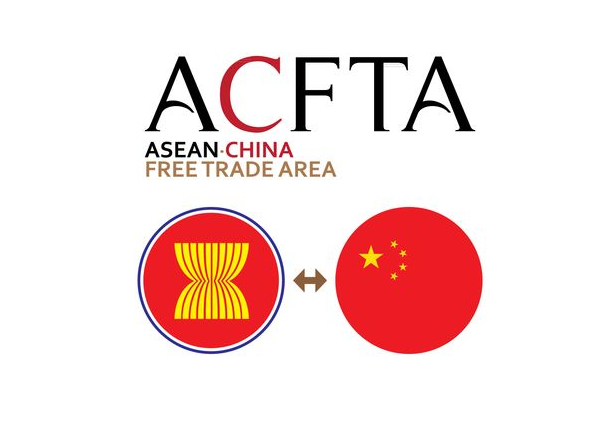
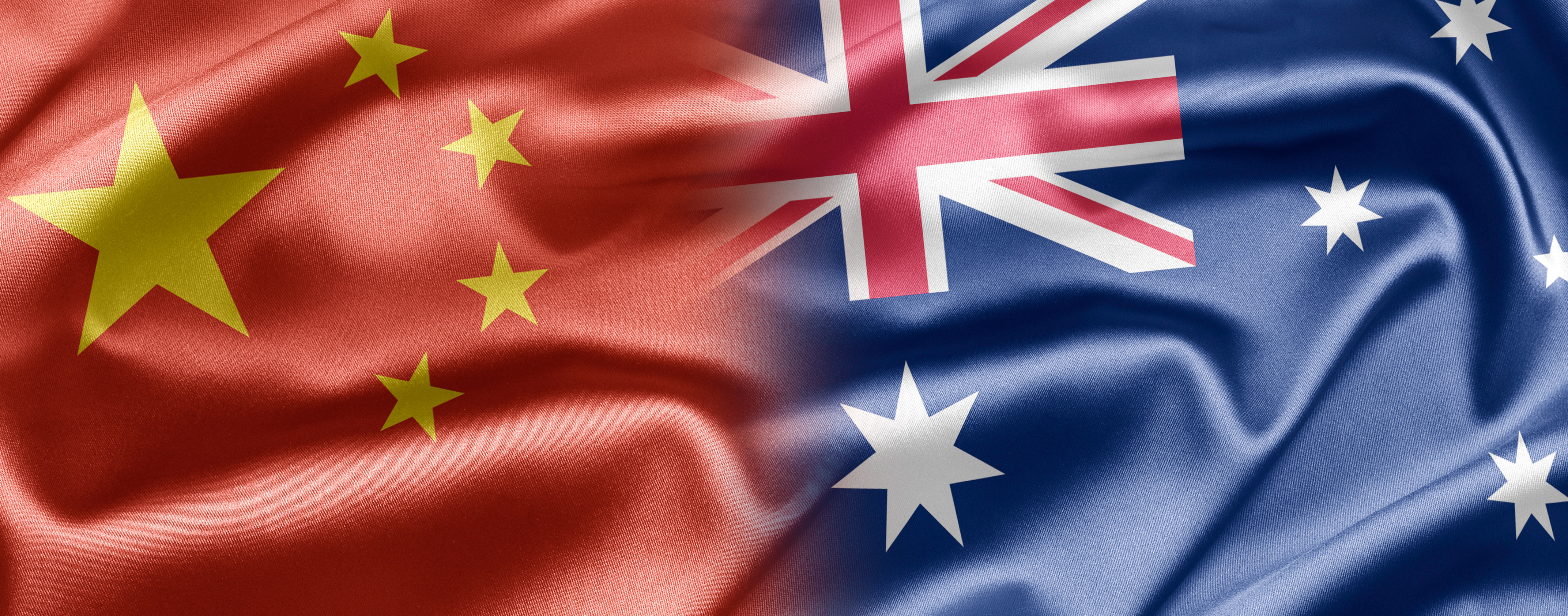

 Economy and trade
Economy and trade
 European Union
European Union
